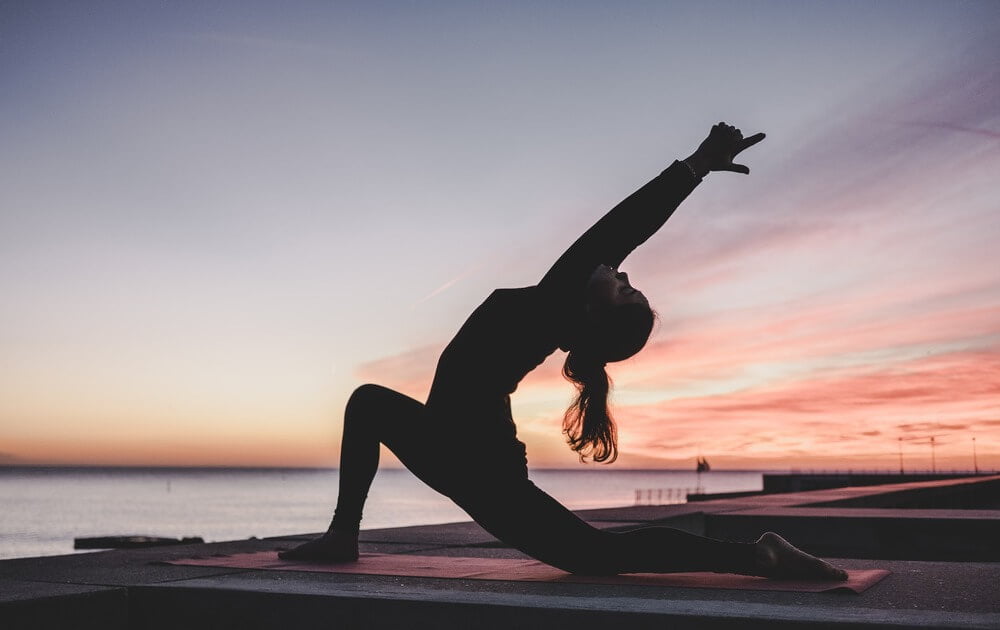The 8 limbs or paths by Patanjali (aka 8 limbs of yoga) have been the guidelines that yogis have followed on and off the mat for years.
Before I explore this topic, let’s cover some definitions. Yoga refers to the union of individual consciousness and universal consciousness. The union of mind, body & soul.
To truly understand yoga, it’s worth learning more about Ashtanga Marga and what it means. In Sanskrit, ashta means “eight”, anga means “limb” and marga means “path”.
Why is the Purpose of the Eightfold Path?
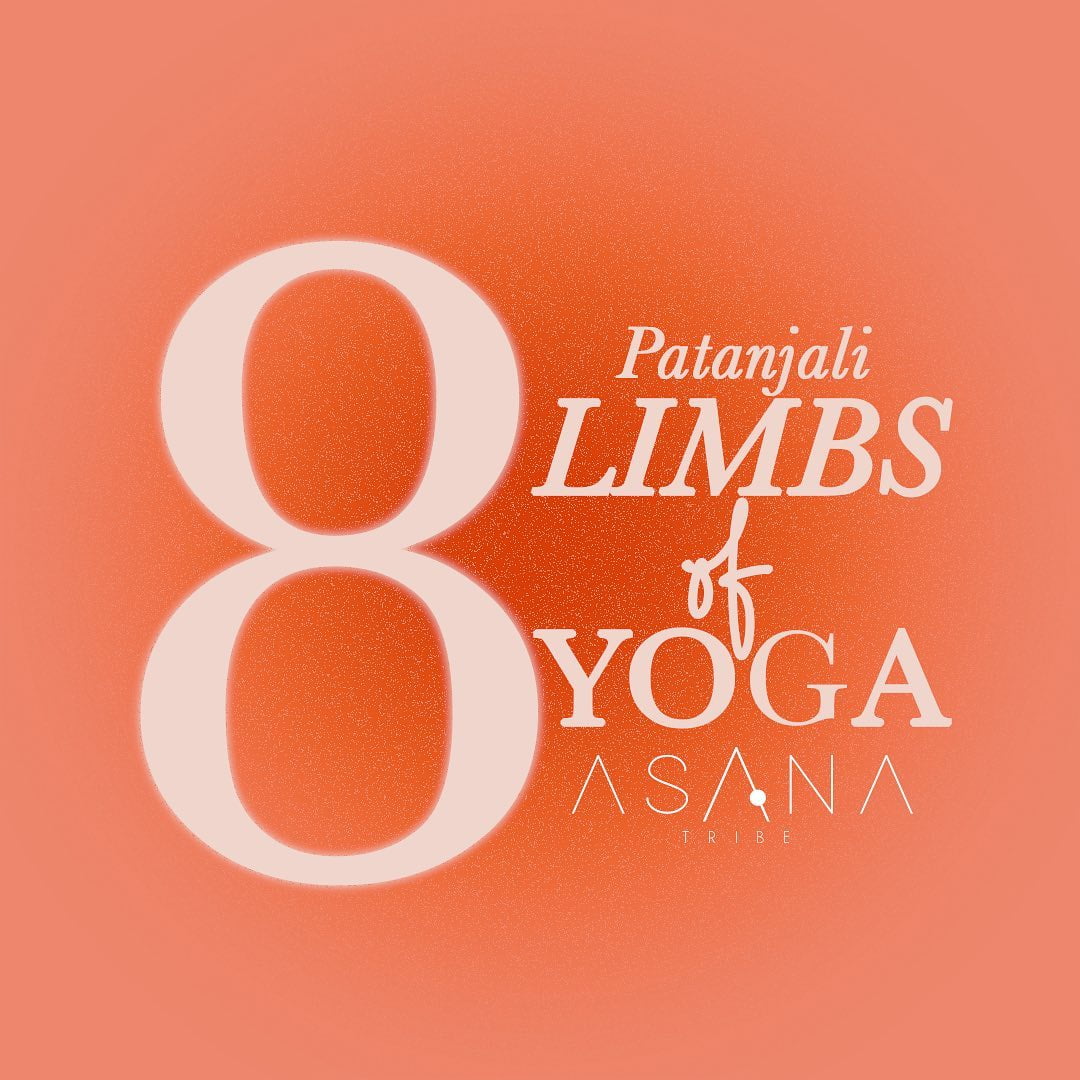
The eight limbs act as a guide to yogic living. But they are also a prescription for our moral and ethical conduct, self-discipline, and practice. Essentially, they show you how to live a meaningful and purposeful life.
They help us not only acknowledge our health but also the spiritual aspects of our nature. In the limbs, you can find practical approaches and patterns of behavior that can help you embrace yoga. This journey is to take us to peace or the last limb, Samadhi, of bliss and enlightenment.
On this journey, we are encouraged to examine our habitual attitudes and behaviors as well as their consequences. It is all about personal evolution.
What are the 8 Limbs of Yoga?
Essentially, the eight-limb path of yoga offers a practical thesis on living that has laid the path of yoga with the ultimate goal of attaining harmony of body, mind, and spirit. They are described by Patanjali in the Yoga Sutras.
During the classical period, the first systematic presentation of Yoga was put down in Patanjali’s yoga sutras. The author is believed to have compiled all available knowledge about attaining enlightenment (Samadhi) at that time and he structured it in a very systematic way. These 195 Yoga Sutras describe the path of Raja yoga, which is known as “classical yoga”. Patanjali is often considered as the father of Yoga and his Yoga Sutras still strongly influence all styles of modern yoga.
One of the most well-known versus is:
“Yoga citta vritti nirodhadh”
Which means something like ‘yoga is the cessation (nirodh) of the whirlings (vritti) of the mind (citta). Bearing in mind that there is no equivalent word citta in English and comes closest to a combination of mind, ego and Intellect. Therefore the word ‘mind’ in the above translation is a limitation of the verse.
The Sutras teach us that there is pain and suffering in life that should be avoided (heya), that this pain and suffering has a cause (heyahetu), that removal of pain is possible (hana), and finally that there are ways to remove the pain and suffering (hanopaya).
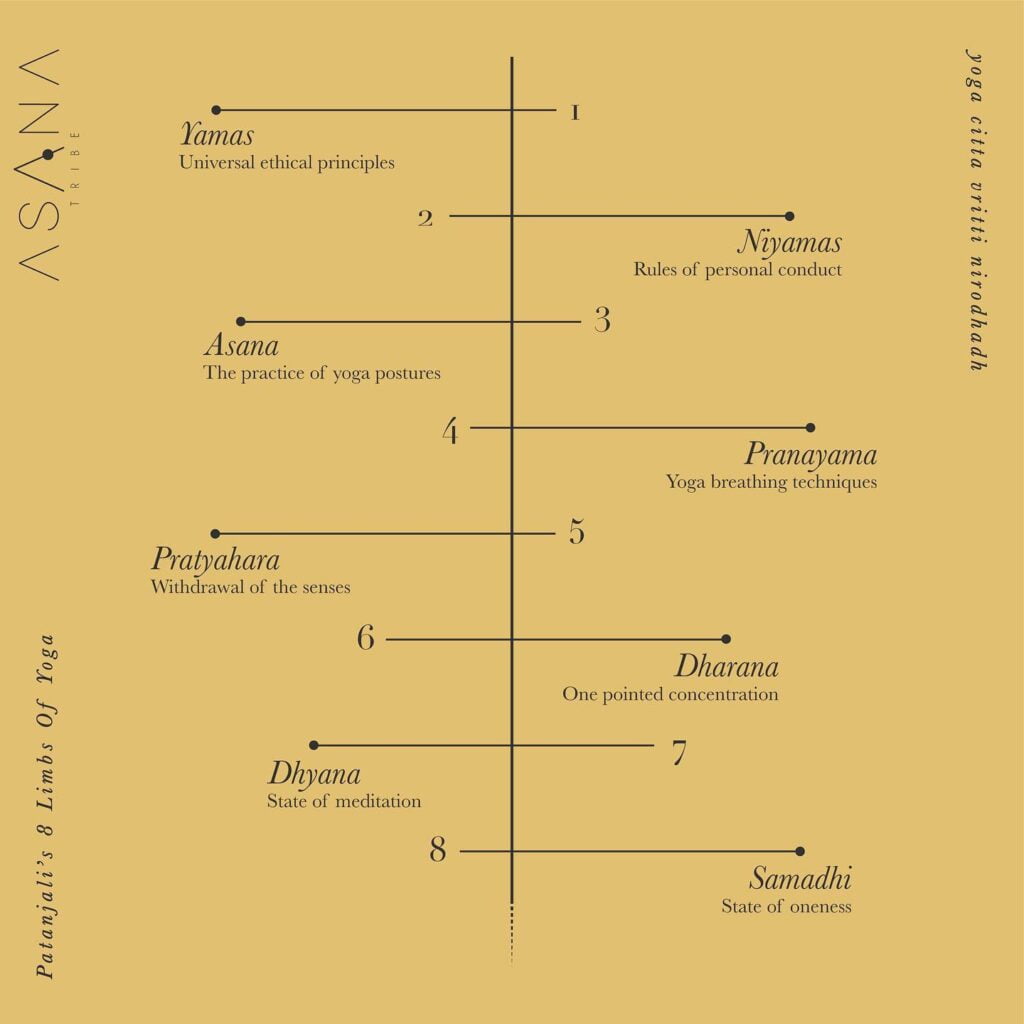
The 8 limbs of Patanjali in order are:
- Yamas
- Niyamas
- Asana
- Pranayama
- Pratyahara
- Dharana
- Dhyana
- Samadhi
Even though the eight limbs are referred to as a path, they don’t follow a specific sequence but rather create a path that leads to enlightenment.
I’ll unpack each one below.
Yamas
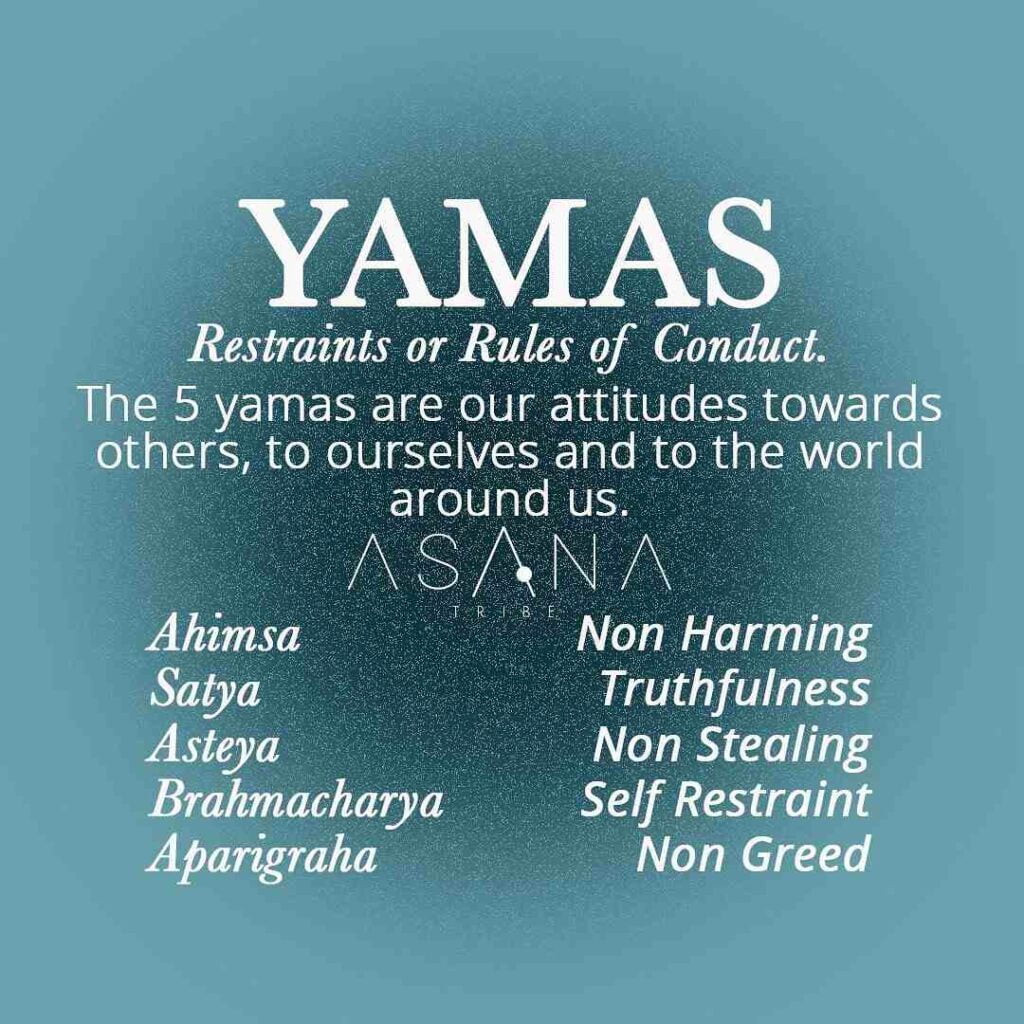
The Yamas are social ethics. They concern the attitude you have towards things, how you treat others, and the world around you. The root meaning of the word yama is “regulation”. These are our morals and values, our ethical standards and our sense of integrity.
On this limb of the path, we focus on our behavior and how we conduct ourselves in life.
The 5 Yamas include:
- Ahimsa – Non-Violence (Kindness, sensitivity towards all living beings and treating all with respect and kindness)
- Satya – Truthfulness (Unconditional honesty and genuine conduct, being honest with both others and ourselves)
- Asteya – Non-Stealing (Related to material goods, thoughts, energy, time, words or actions)
- Brahmacharya – Self Control (Moderation, continence, using your energy wisely, and refraining from excess and dependency)
- Aparigraha – Non Possessiveness (Non-hoarding, be free of expectations and the desire to possess)
Niyamas
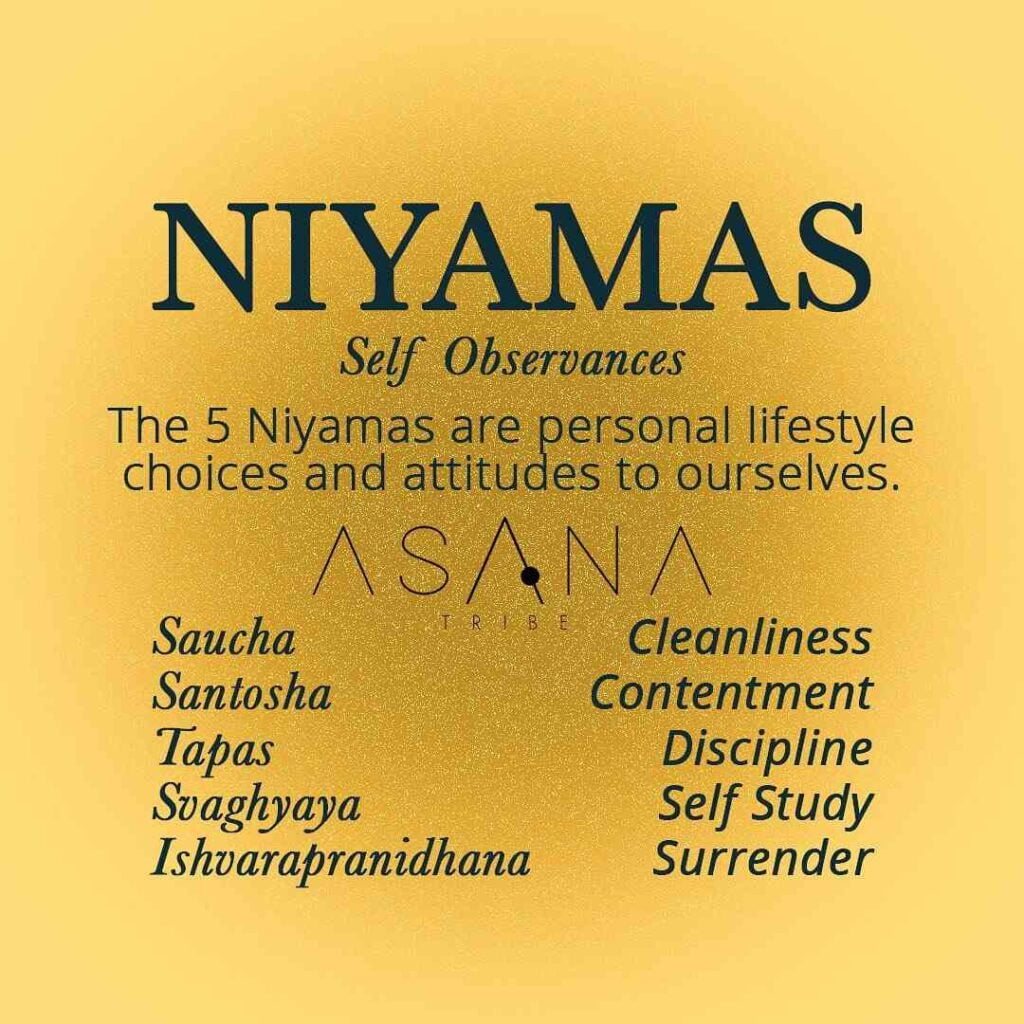
The Niyamas are far more personal than the yamas. They focus on personal virtues and self-observances. They are the five rules by which we should live our lives. It’s all about how we treat ourselves as well as our spiritual observances.
The 5 Niyamas are:
- Sauca – Cleanliness (Not just about keeping physically clean but also inner cleanliness. It’s about what we release into the world)
- Santosha – Contentment (Feeling happy with what we have and who we are. It’s about acceptance and not being too focussed on external influences to achieve happiness)
- Tapas – Austerity (Ardor, keeping the body fit. They allow us to tackle our challenges with both tenacity, determination, and stamina.)
- Svadhyaya – Self Study (Self-reflection and continuously learning, exploring ourselves, our habits, and why we do what we do)
- Isvarapranidhana – Surrender (Living with an awareness of the divine. It’s about letting go and acknowledging that there are many things we cannot change.)
Asana

Asana refers to the physical practice of yoga postures, often performed in a traditional yoga class. The goal is to make the posture (asana) both steady and comfortable so that you can stay in it.
They should be both stable and effortless.
Pranayama

Pranayama is the practice of yoga breathing techniques. By practicing controlled breathing, the body and mind relax. In this state, obstacles can be removed and leading to a better flow of energy. The limb is all about the conscious control of breath, bringing focus to the inhalation and exhalation of life force,
Pratyahara
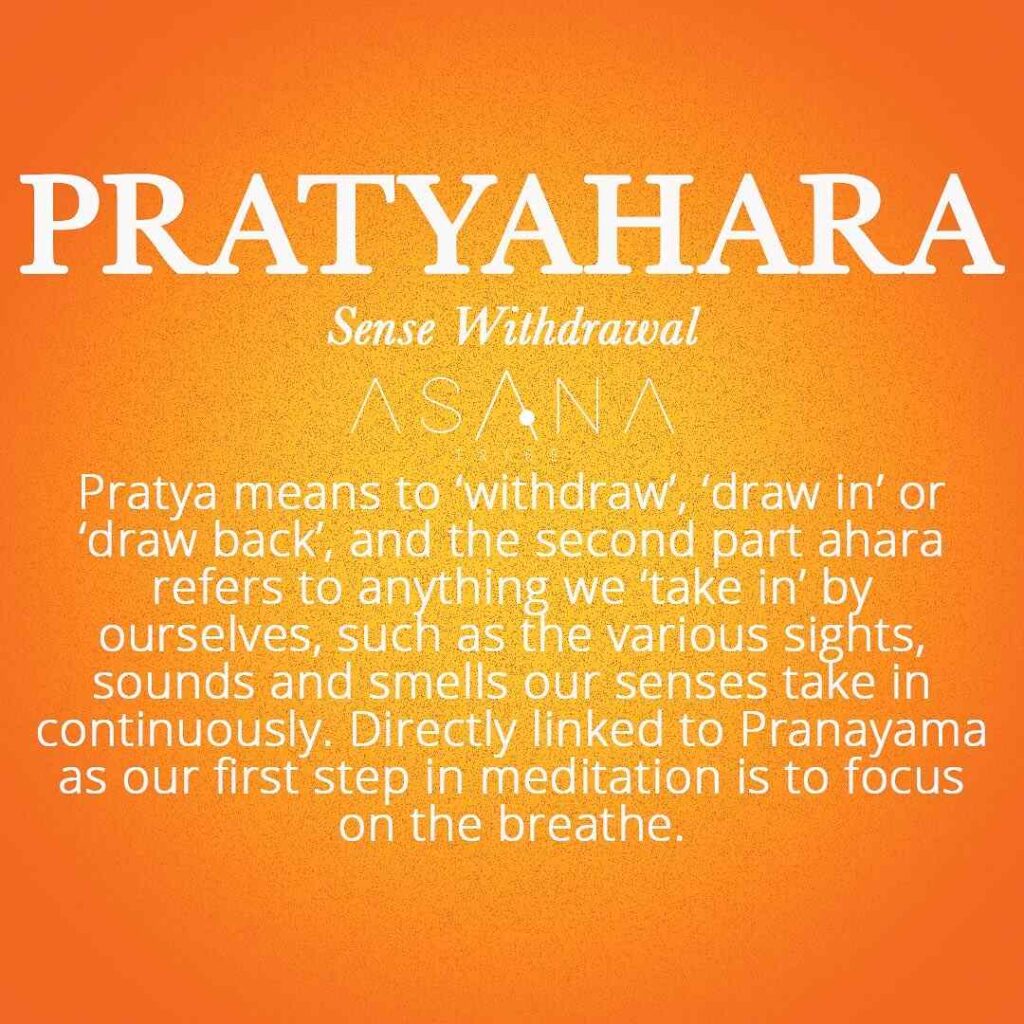
Pratyahara involves the withdrawal of the senses. By withdrawing from the outer world, we can focus our attention solely on the task at hand. Our senses constantly try to attract our awareness to the outside world. But with Pratyahara, we withdraw from the senses, allowing them to be uninfluenced and unmoved.
Dharana
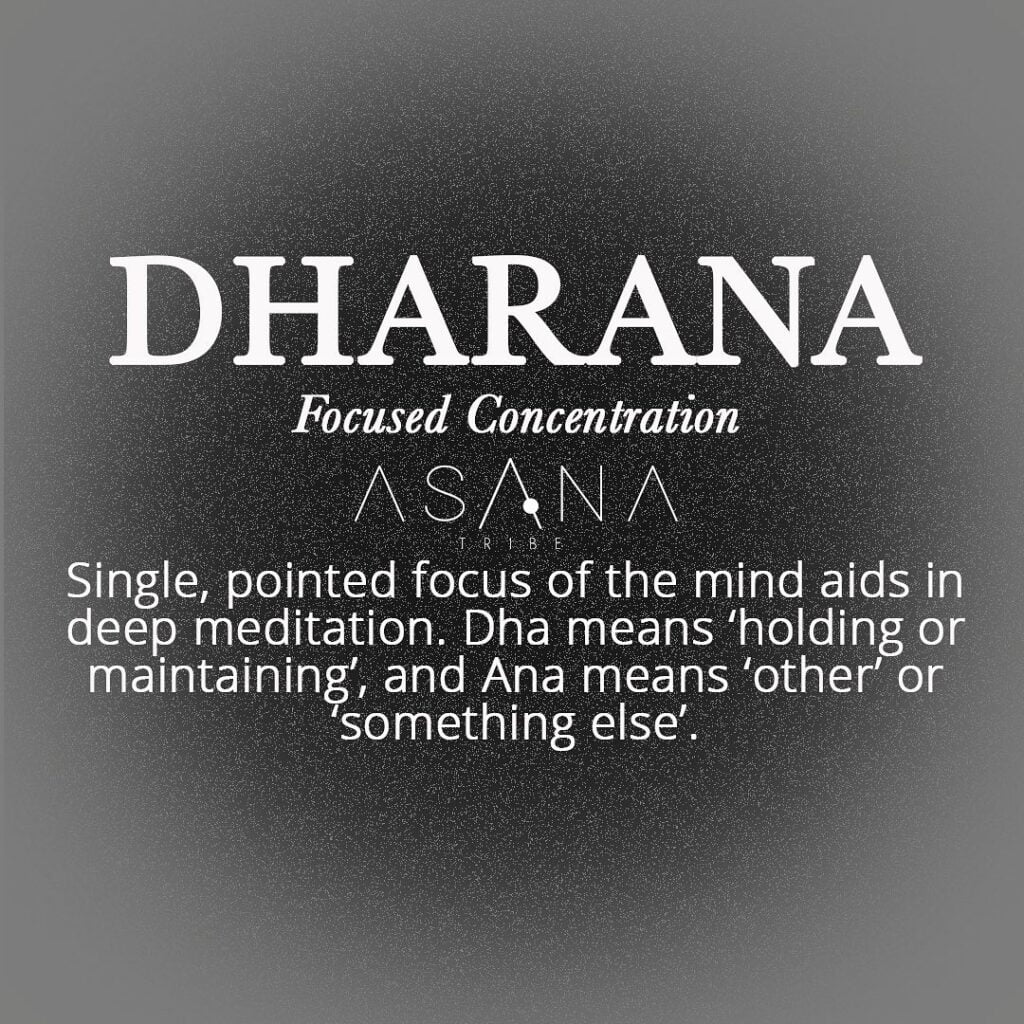
With Dharana, we hold our concentration or the focus of our attention in one direction. By encouraging the mind to engage in a single activity, other things naturally fall away.
In this space, you achieve a state of pure concentration.
Dhyana
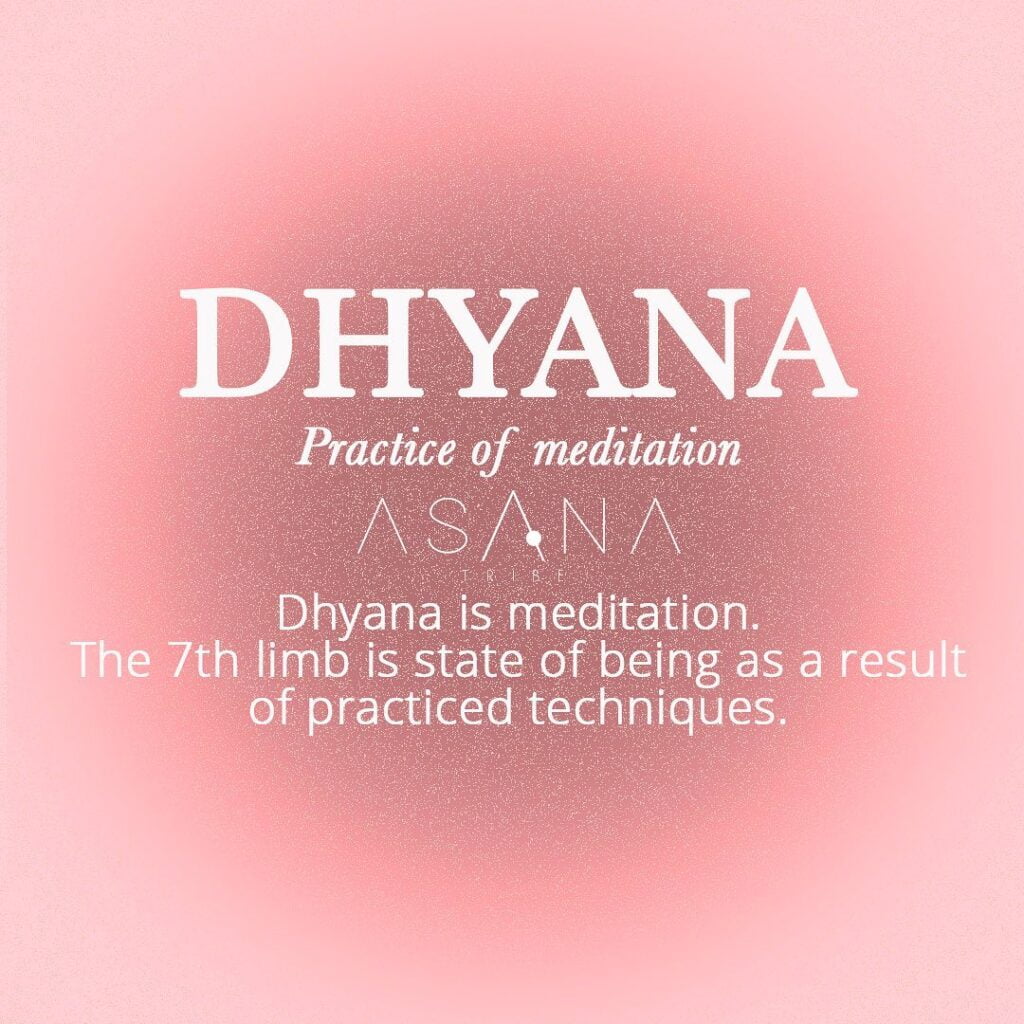
Dhyana is the limb of meditation. It allows us to establish a true connection with ourselves. It is a place where we do not question, get involved, assess, intervene, or evaluate. In this space, we do not need to change anything. We just need to be and let everything exist perfectly as it is.
Samadhi

Samadhi is a state of ecstasy, self-realization, truth, and bliss. It is the true union of body, mind, and spirit.
In this state, we are so completely involved and absorbed with something that we become one with it. Here, we enter a state of inner freedom, a state of true oneness.
Ashtanga Marga vs Ashtanga Yoga
Some people get confused between Ashtanga Marga and Ashtanga Yoga. It’s worth noting that they are not the same thing.
As I mentioned previously, “Ashtanga Marga” translates to the “Eightfold Path” in classical yoga philosophy, encompassing ethical disciplines, self-disciplines, postures, breath control, withdrawal of the senses, concentration, meditation, and spiritual absorption.
On the other hand, “Ashtanga Yoga” is a specific style of yoga that adheres to the principles of the Eightfold Path, with a focus on the physical aspect – specifically, a set sequence of postures linked by breath, known as the Ashtanga Vinyasa Yoga system.
While Ashtanga Marga outlines a comprehensive guide for holistic development, Ashtanga Yoga, as a practice, emphasizes the physical aspect within the broader framework of the Eightfold Path.
Following 8 Limbs of Ashtanga Yoga
With yoga, our practice doesn’t start and end on the mat. It’s an embodied lifestyle. How we move through our inner and outer world.
The 8 limbs can seem overwhelming and sometimes unattainable. It is not about mastering each limb and doing them perfectly. It is about the intention. Sometimes you will fall short and fail to adhere to the limbs (especially when it comes to the Yamas and Niyamas). That’s okay.
The path allows for you to falter, but you need to preserve, regardless of setbacks. The best way to follow the path is to take small, manageable steps and not demand too much of yourself.


